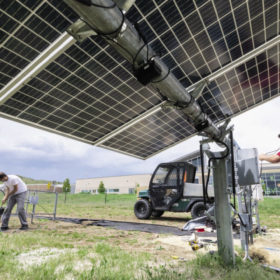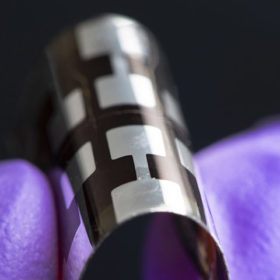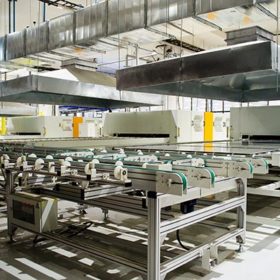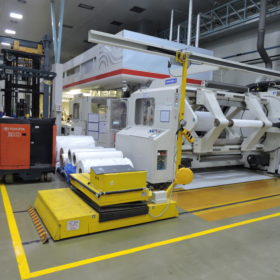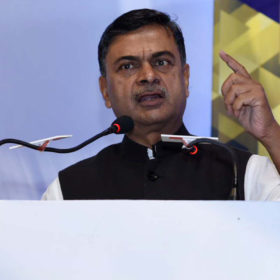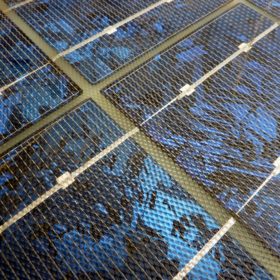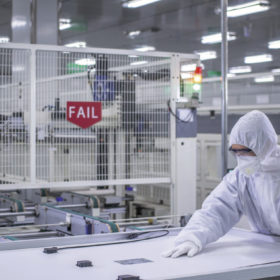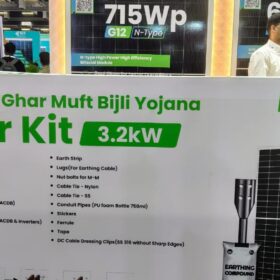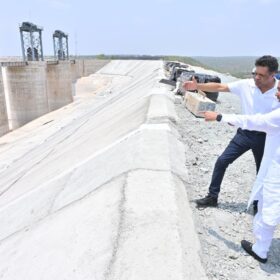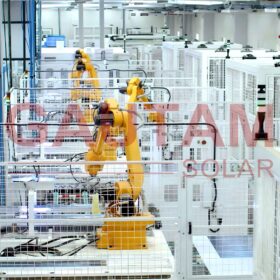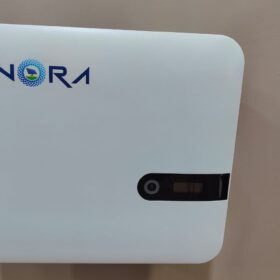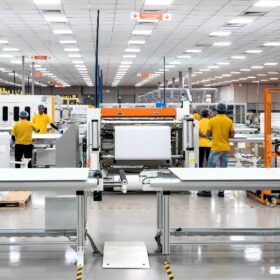Trump pulls tariff exemption for bifacial panels – again
The U.S. president issued a proclamation on Oct. 10 that cites the impact of imported bifacial panels on U.S. solar manufacturing, while also raising the scheduled fourth-year tariff rate from 15% to 18%.
Mitigating supply chain risks
Rajendra Khandalkar, group head of supply chain management at infrastructure EPC services company Sterling and Wilson, speaks to pv magazine about learning from the Covid-19 crisis and the importance of smart supplier management to bolster company resilience.
Odisha tenders for 10 MW of solar in Konark town
Developers have until November 10 to submit bids for the grid-connected, ground-mounted solar generation capacity. The project will be set up on a build-own-operate basis in Kalahandi district to meet the electricity needs of the town.
NREL scientists build all-perovskite tandem solar cell with 23.1% efficiency
The U.S. based researchers have developed a new wide-bandgap perovskite layer – called Apex Flex – which they claim is able to withstand heat, light, and operational tests, and at the same time provide a reliable and high voltage. With this material, they built tandem solar cells with 23.1% power conversion efficiency on a rigid substrate, and 21.3% on flexible plastic.
India could have 20 GW more solar manufacturing
Power Minister RK Singh has revealed interest from manufacturers in developing more production lines even before incentive schemes being drawn up by the government are taken into account.
Renewsys announces giga-scale expansion of solar encapsulant and backsheet manufacturing
The solar manufacturer will expand its annual encapsulant manufacturing capacity by 1.35 GW and backsheet production by 1 GW.
Indian solar tenders to incentivize advanced local manufacturing
Policymakers could amend solar auctions to encourage manufacturing as the nation chases an aggressive solar target of 300 GW by 2030.
CEL tenders for 1.5m multi-crystalline solar cells
Only Indian manufacturers and their authorized vendors can bid and the devices must have five busbars and a conversion efficiency of at least 19.6%. Bidding closes on October 16.
The long read: The visible hand heralds a new dawn
The “invisible hand” is a widely understood metaphor for free-market economics. In China’s economy a “visible hand” is more evident, as government interventions are relatively commonplace. And in PV the visible hand is moving again, raising efficiency baselines and potentially changing the solar production game.
Solar development amid changing landscape
Ranjit Gupta, CEO, Azure Power, speaks to pv magazine about solar development in India against the backdrop of Covid pandemic and government’s push for self-reliant India, and the progress of their manufacturing-linked project.
